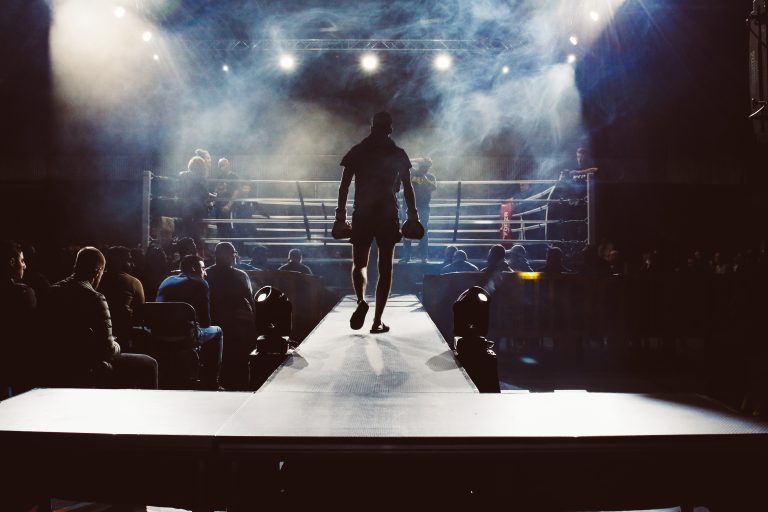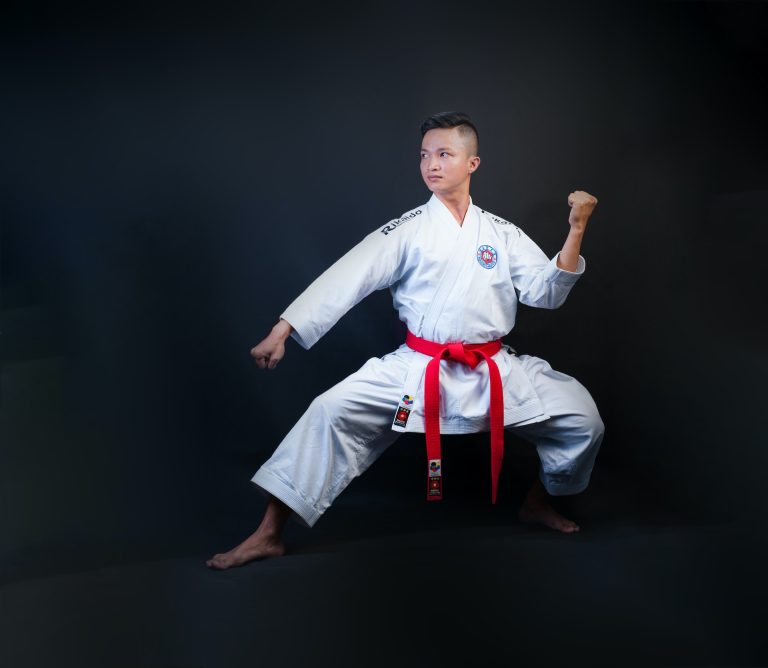What Are the Advantages of Karate over Other Martial Arts?
Karate has been an integral part of martial arts for many decades, and its popularity is still growing the world over. It’s a martial art that has maintained its overall structure and can trace its origins back to ancient Japan. While karate has numerous elements that make it unique compared to other martial arts, it also has advantages that set it apart from other forms of martial arts. In this blog post, we’ll take an in-depth look at what these advantages are and how they can make karate different from other martial arts.
History and Origin
Karate as a martial art originated in Japan in the late 18th century, during the times of feudal Japan. Over the years, martial artists adapted and combined various indigenous fighting styles such as kempo, jujitsu, and kung fu to form karate. The current form of karate is based on the combination of these indigenous styles and later, the influence of Okinawan martial arts. In Japan, the development of karate was driven by the demand for physical fitness training by the military and police forces. This allowed karate to become conventional and more widely known outside of Japan. The birth of modern karate also led to various branches being formed such as Shotokan, Goju Ryu, and Wadō-ryū. With these branches, practitioners developed unique training methods and techniques to improve their performance, which is why it’s so popular today.
Safety
One of the main advantages of karate over other martial arts is its focus on safety. Karate practices are held in a controlled environment with practitioners wearing full kumite gear. Specialized protective clothing provides participants with extra protection from potential injuries during sparring, making it a safe and effective way to practice martial arts compared to other forms of contact fighting such as Muay Thai Boxing or Brazilian Jiu-Jitsu (BJJ).
In karate, practitioners are taught the fundamentals of proper technique and body mechanics. This helps them develop control over their movements, which reduces their risk of injury while sparring. Furthermore, higher levels of striking are often reserved for more experienced practitioners and are used judiciously in competition or in self defense situations. This ensures that heightened techniques like head strikes are not used if they are not needed.
Complexity of Techniques and Strategies
Karate requires more than just kicking and punching; practitioners have to be able to execute various techniques with precision and control. The use of footwork and angle control help practitioners utilize the four range system (long range, mid-range, close range and ground fighting). This system creates a complex level of training where students learn how to utilize all the different ranges of combat in order to gain the advantage over their opponents. With karate as your foundation it’s possible to cross train in other martial arts for an even greater understanding of martial principles.
In terms of strategies used in karate, there are many complex techniques that students learn such as feigning, or making a fake move to see what an opponent does in response. This is a core skill developed in particular through the practice of kata(forms). It’s important because if someone can fool you into thinking they’re going one way and then change direction, it throws your blocking off guard and it can lead to a swift attack.
Flexibility
In addition to having complicated techniques, karate also allows practitioners a great level of flexibility when using them. It’s best suited for self-defence rather than tournaments or sparring since it’s designed to teach practitioners how to defend themselves effectively in any situation. Karate’s flexible nature allows students to make the most out of strikes, throws, or submissions depending on what movement would suit their situation best. It’s important in self-defence scenarios because it assists practitioners in making their own decisions about how to defend themselves accordingly.
Versatility
Karate is a multi-faceted martial art; it incorporates defensive blocks, strikes, throws, and submissions into a single style giving practitioners a well-rounded set of skills. This makes it possible to make use of various techniques during sparring or self-defence situations. Knowing how to defend against strikes, grappling holds and submissions gives practitioners an advantage as they can counter an attack from any direction or angle with ease.
Because it is a multi-faceted martial art, there are many variations within karate itself. For example, some forms of karate place more emphasis on striking compared to grappling or submission techniques while others may focus on long-ranged strikes used for self-defence applications such as are seen in Okinawan styles such as Goju-Ryu or Shōrin-Ryu. With this versatility, practitioners can develop tailored skills suitable for their individual requirements and preferences.
Conclusion
Karate is a complex form of martial arts with numerous advantages when compared to other martial arts styles. From its focus on safety, complexity of techniques and strategies, flexibility and versatility – karate provides practitioners with a well rounded and comprehensive set of techniques and strategies designed to enhance their self-defence skills regardless of their body type or strength level. Moreover, its complex techniques allow practitioners to learn advanced strategies to apply during competitive bouts or street self defense scenarios. Finally, its multi-faceted nature gives practitioners an even greater advantage in that they can customize their training depending on specific self-defense requirements or preferences. All these aspects combined emphasize why karate is widely regarded as one of the most effective forms of self defence as well as one of the most popular martial arts styles practiced today.
Sources:
- Wikipedia – “Karate”
- Kodokan Judo Institute – “History Of Karate”
- Black Belt Magazine – “Why Karate is the Best Martial Art”
- American Karate Dojo – “Safety”
What Are the Advantages of Karate over Other Martial Arts?
Martial arts come in various forms, but one of the most popular styles is Karate. Karate is a Japanese martial art that combines striking and blocking techniques, as well as movements from traditional Japanese martial arts such as Tai Chi and Kung Fu. It has become incredibly popular worldwide and is practiced by people of all ages, genders, and backgrounds.
If you’re considering taking up martial arts, you may have wondered what makes Karate special. In this post, we’ll go over some of the key advantages of Karate over other martial arts.
1. Karate is a Well-Rounded Martial Art
One of the biggest advantages of Karate is that it is a well-rounded martial art. It incorporates both striking and grappling techniques, making it useful in a variety of situations. Karate involves striking with your hands, feet, and elbows, as well as throwing and joint-locking techniques.
Unlike some other martial arts that may exclusively focus on striking or grappling, Karate provides a more balanced approach that can be useful in self-defense situations both standing and on the ground.
2. Karate Techniques are Efficient and Direct
Another advantage of Karate is that its techniques are designed to be efficient and direct. Karate emphasizes striking vital areas of the body, aiming to incapacitate an opponent as quickly as possible.
Karate also emphasizes using proper body mechanics to generate power in strikes, which can make it an effective martial art for people of smaller stature. By utilizing technique and proper body positioning, even a smaller person can generate significant force.
3. Karate is an Excellent Workout
Karate is also an excellent workout that can improve your overall health and fitness. Like any physical activity, Karate can help build strength, speed, and endurance. But Karate also incorporates a variety of movements that can help improve flexibility and balance.
Additionally, Karate is an excellent stress relief activity that can help you clear your mind while getting a great workout.
4. Karate Emphasizes Discipline and Character Development
Karate isn’t just about learning self-defense techniques or getting in shape. It also emphasizes discipline and character development. Martial arts require practice, focus, and dedication, all of which can help improve your overall mental toughness and ability to handle difficult situations.
Karate also emphasizes respect for others, both in and out of the dojo. Practicing Karate can help build a sense of community and encourage you to be more mindful of how you treat others.
5. Karate Can Be Practiced by People of All Ages and Abilities
Finally, one of the most significant advantages of Karate over other martial arts is that it can be practiced by people of all ages and abilities. You don’t need to be particularly strong or flexible to start practicing Karate, and there are modifications and variations that can be made to accommodate people with disabilities or injuries.
Additionally, Karate is a great activity for kids, as it can teach them discipline, focus, and self-control. And because Karate encourages lifelong learning and constant improvement, it can be a rewarding activity for people of all ages.
Conclusion
Karate is a well-rounded martial art that emphasizes efficient and direct techniques, provides an excellent workout, and emphasizes discipline and character development. It can be practiced by people of all ages and abilities and is a great activity for anyone who wants to improve their physical and mental wellbeing.
If you’re considering taking up martial arts, Karate is definitely worth considering. With its well-rounded approach and emphasis on personal improvement, it’s an activity that can benefit you for years to come.
Inhaltsverzeichnis






